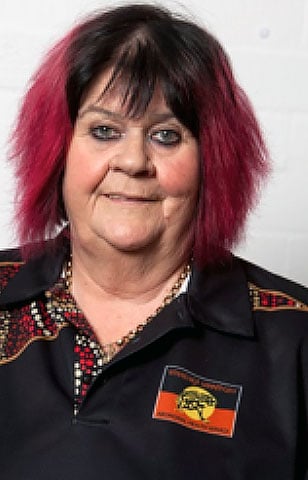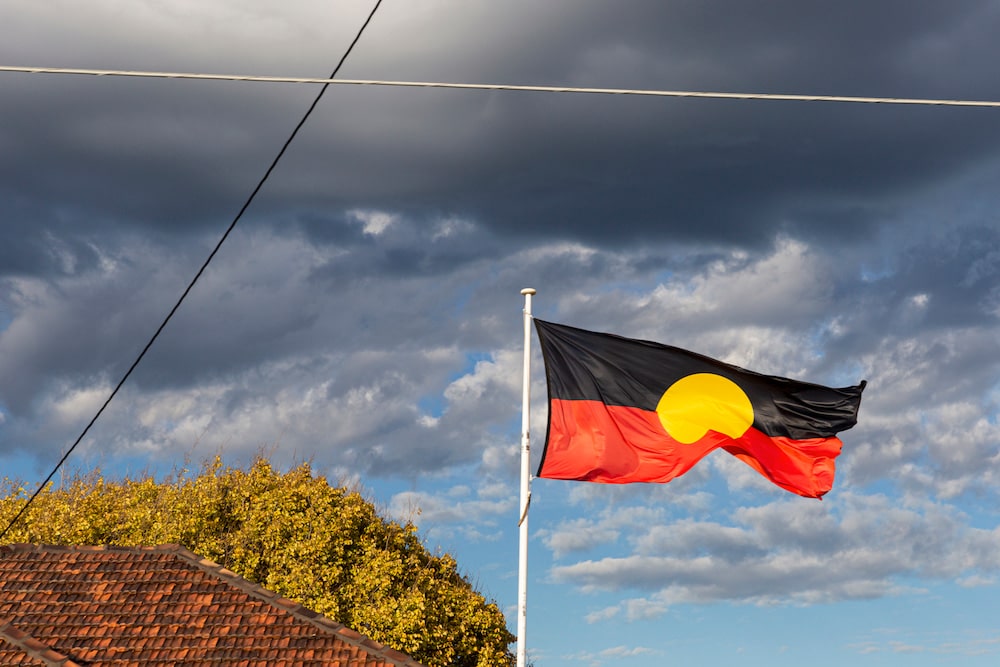Indigenous health organisations’ success in controlling COVID shows self-determination is the most effective way to achieve better health outcomes for Aboriginal and Torres Strait Islander people, the Australian Human Rights Commission argued in its 12th report into Closing the Gap, published on National Close the Gap Day, today, 18 March.
COVID-19 rates in Indigenous communities were six times lower than they would be if the population was affected at the same rate as the rest of Australia, the Australian Government’s Aboriginal and Torres Strait Islander Advisory Group on COVID-19 stated in December. At that time, 28,031 cases of COVID-19 had been reported in Australia, but only 147 cases among Aboriginal and Torres Strait Islander people.
This low rate was thanks to rapid, culturally appropriate public health control measures put in place by Aboriginal and Torres Strait Islander health leaders and services, the Report states.
“It just goes to show that when we are able to take responsibility as a sector, we can change the way things are done,” said Julie Tongs OAM, CEO of Winnunga Nimmityjah, the only Aboriginal community-controlled health service in the ACT.

Winnunga Nimmityjah has been a coronavirus testing site for Indigenous people throughout the pandemic, while also operating its wellbeing clinic and building a new health facility on its Narrabundah site.
“We knew that as soon as COVID hit, we needed to become a testing site, so that we could manage our community and make sure that our clients were kept safe,” Ms Tongs said.
Over the next fortnight, Winnunga Nimmityjah will start administering the AstraZeneca vaccine to its clients.
“We will have a big focus on getting a many Aboriginal and Torres Strait Islander people in this community vaccinated as soon as we possibly can,” Ms Tongs said. “We’re very touchy-feely people, and we like to hug one another, and socialise.”
Indigenous people are only 3% of the population, but the burden of disease is 2.3 times greater than that of other Australians, and the youth suicide rate is four times higher, the Report states.
Ms Tongs believes the biggest factors are racism and poverty. “It’s really concerning because we live in one of the wealthiest cities in the country. We shouldn’t even be having this conversation.”
Colonisation has taken its toll on Aboriginal people, Ms Tongs said: on the members of the Stolen Generation, or on fair-skinned Aboriginal people struggling with identity and a sense of belonging, for instance.
Indigenous people are also over-represented in the ACT prison system: almost 19 times (crude rate) or 15 times (age-standardised rate) more likely to be imprisoned than non-Indigenous people, according to the Productivity Commission’s Report on Government Services 2020. Indigenous incarceration rates in the ACT have increased from 29 per 100,000 adults in 2009–10 to 110 in 2018–19. The ACT Government has promised an independent review into this problem.
Next month marks the 30th anniversary of the Royal Commission into Aboriginal Deaths in Custody. Yet according to the Guardian, more than 400 Aboriginal and Torres Strait Islander people have died in custody since 1991, three of them last year.
“It’s not just a Corrections response; it’s a health response,” Ms Tongs believes. “Until people acknowledge that, nothing will change.”
Winnunga Nimmityjah provides outreach services to Indigenous prisoners at Bimberi Youth Justice Centre and the Alexander Maconochie Centre, an institution Ms Tongs has criticised for systemic racism. Many inmates have serious mental health and addiction issues, she said; they should be in proper mental health or drug and alcohol rehab facilities, not prison.
“Until we can address the serious health issues of the men and women who are incarcerated, we’re still going to have those challenges on the outside.”
Few of the recommendations in reports are implemented, Ms Tongs said. Last year, the ACT Government was the first jurisdiction to sign a National Agreement on Closing the Gap, a commitment to change how it developed policies and programmes affecting Indigenous peoples. But Ms Tongs said she was still waiting for the ACT Government to talk about co-designing programs with Winnunga Nimmityjah and the Gugan Gulwan Youth Aboriginal Corporation.
“As Aboriginal people and as an Aboriginal community-controlled health service, we have the solutions to our problems,” Ms Tongs said. “Surely this [COVID] now gives the government confidence to rely on us to make our decisions and determine our own priorities, rather than have government do it for us.” Today is Closing the Gap Day, which is marked on the third Thursday in March each year.
Dr Emma Campbell, CEO of the ACT Council of Social Service (ACTCOSS), also welcomed the report, and called for increased funding for Aboriginal and/or Torres Strait Islander community-controlled health and wellbeing services.
“There are many service gaps,” Dr Campbell said. “We need to design and construct a community-controlled Aboriginal residential alcohol and other drugs (AOD) rehabilitation facility to support families and divert people away from the justice system. This would be a step towards addressing the vast overrepresentation of Aboriginal and/or Torres Strait Islander people in the ACT justice system.”
Aboriginal and Torres Strait Islander children were woefully overrepresented in Out of Home Care (OOHC), Dr Campbell said. The ACT had the highest rate for Indigenous children in out of home care: 72 per 1,000 children, 14 times higher than the rate for non-Indigenous children, according to the Report on Government Services (ROGS) 2021.
“Fully implementing the 28 recommendation in the Our Booris, Our Way review would improve long term outcomes for Aboriginal and/or Torres Strait Islander children,” Dr Campbell said.
The Report also recommended raising the age of criminal responsibility from 10 to 14 years old – a policy the ACT Government considers a high priority – and effective partnerships between Aboriginal and Torres Strait Islander communities and organisation, governments, and non-government health and community service providers.
For more news:



